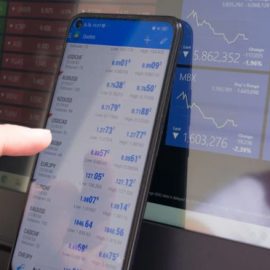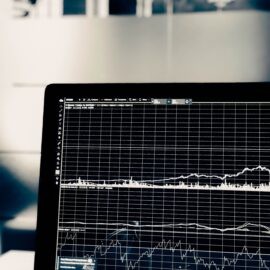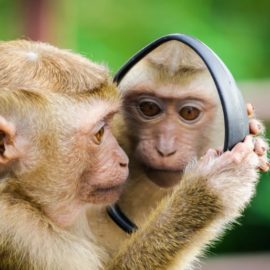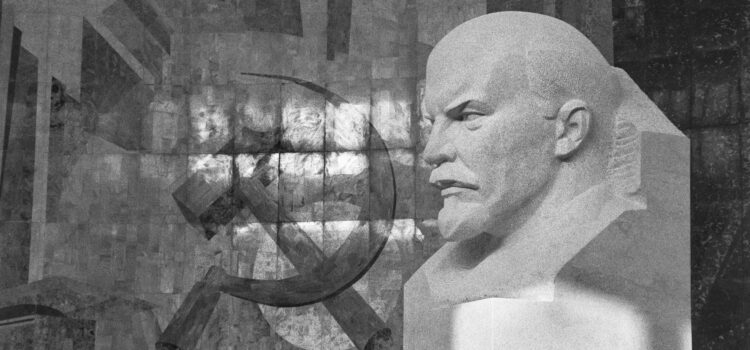
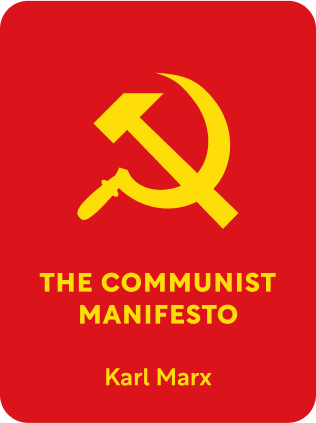
This article is an excerpt from the Shortform summary of "The Communist Manifesto" by Karl Marx. Shortform has the world's best summaries of books you should be reading.
Like this article? Sign up for a free trial here .
What is the theory of class struggle? How did the authors of The Communist Manifesto define this theory?
The class struggle definition states that humans have been involved in a hierarchical struggle throughout all of human history. This theory of class struggle explains that those in power hoard the goods needed for survival, and those who are not in power must serve them to survive.
Read more about the theory of class struggle, Marx’s explanation, and its role in The Communist Manifesto.
The Theory of Class Struggle
In the theory of class struggle, Marx explains why humans have fought with each other. He further discusses the class struggle definition. In early human history, there were many different hierarchical classes. The class that controlled the economy—which, in the earliest times, was mainly the food supply—was the most powerful class. For example, in the Middle Ages, in order of least to most powerful, there were serfs, apprentices, journeymen, guild-masters, vassals, and lords. The lords owned the agricultural land that produced food. Anyone who wanted to grow or buy food had to serve the lords.
According to Marx, all of human history is based in class struggles between oppressors and the oppressed. For example, serfs struggled against lords. Each conflict ended in either change to the social system or ruin for both classes involved in the struggle. By the time the manifesto was written, however, the multi-class system had narrowed into two main classes—the Proletariat and the Bourgeoisie. This is the theory of class struggle.
The Bourgeoisie employ laborers and own private property and businesses such as factories. This class can only maintain its existence by constantly improving production and growing the market, which they do by taking advantage of laborers, finding new markets, and more thoroughly exploiting old markets. None of this is sustainable, and the social conditions the Bourgeoisie have created will lead to their downfall.
The Proletariat is made up of people who sell their labor for wages. These wages are minimal and aren’t equal to the value of the work laborers produce. For example, if laborers build tables for a bourgeois company, the company will sell the tables for far more than what it paid for the materials and labor. The majority of people are members of the Proletariat.
The Proletariat will eventually revolt and overthrow the Bourgeoisie through a series of events: First, as the Bourgeoisie strives to improve production, they’ll decrease wages, push the lower middle class into the Proletariat, increasing its numbers, and concentrate laborers in central locations where they can organize. The Bourgeoisie will even give the Proletariat political power so that the Proletariat can support the Bourgeoisie’s political agenda against other classes. Then, the Proletariat will later use this power to oppose the Bourgeoisie. Finally, certain members of the Bourgeoisie will realize the Proletariat is the future and join them. There will be a revolution and the Proletariat will win.

———End of Preview———
Like what you just read? Read the rest of the world's best summary of Karl Marx's "The Communist Manifesto" at Shortform .
Here's what you'll find in our full The Communist Manifesto summary :
- How the oppressors and the oppressed have been in conflict for all of human history
- How the communists planned to overthrow the ruling class and put in place a fairer system for all
- Five key criticisms of Communism, and how Communists respond



